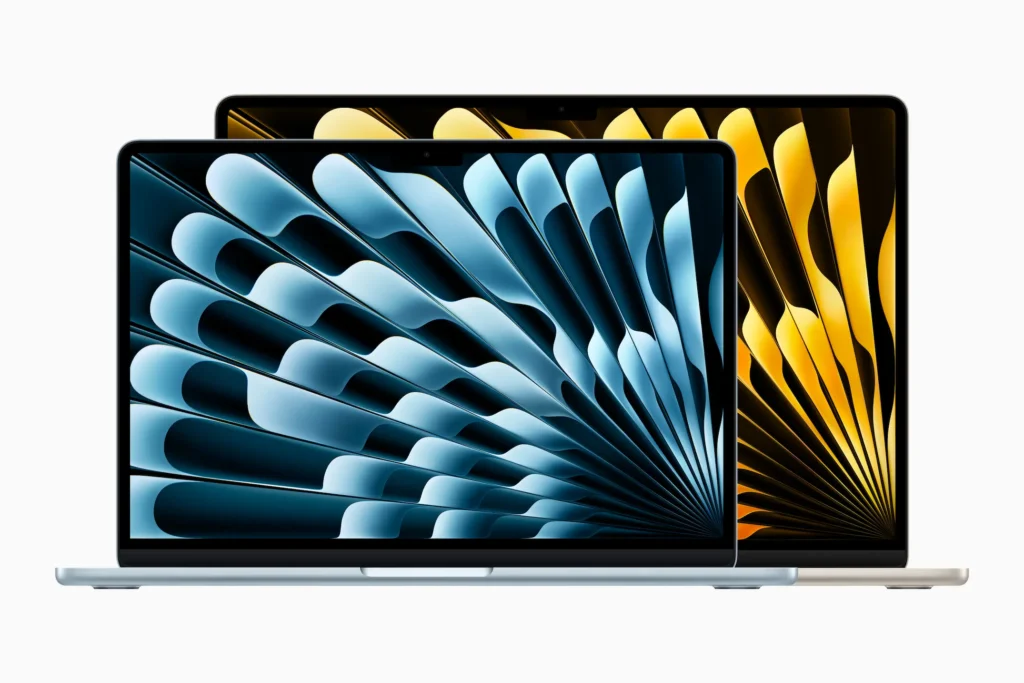Apple has officially announced the new MacBook Air powered by the M4 chip on March 5, 2025, bringing modest yet meaningful improvements to its most popular laptop lineup. The refreshed models maintain the beloved thin and light design while introducing a new Sky Blue color option and enhanced webcam capabilities with Center Stage support.

Pricing and Availability
The new MacBook Air maintains its predecessor’s starting price point in Japan at ¥164,800 for the 13-inch model with 256GB storage. Pre-orders have already begun, with units set to ship and appear in stores beginning March 12. This pricing strategy reflects Apple’s commitment to keeping its entry-level Mac accessible while delivering improved performance.
Refined Design with New Color Options
The M4 MacBook Air continues to be available in both 13-inch and 15-inch display sizes, catering to different user preferences. Apple has refreshed the color palette, introducing the new Sky Blue finish while maintaining Midnight, Starlight, and Silver options. Notably, Space Gray has been discontinued, marking a shift in Apple’s aesthetic direction for the Air line.
Performance and Connectivity Enhancements
The transition to the M4 chip brings several notable improvements. The new MacBook Air now supports dual external displays at up to 6K resolution when the lid is closed, addressing a long-standing limitation of previous models. Memory capacity has also been increased, with configurations now available up to 32GB, up from the previous 24GB maximum—a welcome upgrade for power users and content creators.
Battery Life and Missed Opportunities
Despite the processor upgrade, battery life remains unchanged at the same 18-hour rating as the previous generation. This comes as a slight disappointment, particularly considering the battery improvements that accompanied last year’s MacBook Pro refresh with new silicon. Many users had anticipated similar gains for the Air lineup.
Availability of Previous Models
With the introduction of the M4 models, Apple has discontinued both the M2 and M3 MacBook Air versions from its main store lineup. This marks a departure from Apple’s typical strategy of keeping previous generations available at reduced prices. However, refurbished M3 models have already appeared in Apple’s Certified Refurbished store, offering a more affordable entry point for budget-conscious consumers.
A Sensible Evolution
While the new M4 MacBook Air may not deliver revolutionary changes, it represents a thoughtful evolution of Apple’s most popular Mac. The processor upgrade, improved webcam with Center Stage functionality, and increased memory capacity all contribute to a more capable machine without altering the formula that has made the MacBook Air so successful.
For existing M3 MacBook Air owners, the update may not justify an immediate upgrade. However, for those with older models or newcomers to the Mac ecosystem, the M4 MacBook Air delivers Apple’s latest technology in its most versatile and portable form factor.




